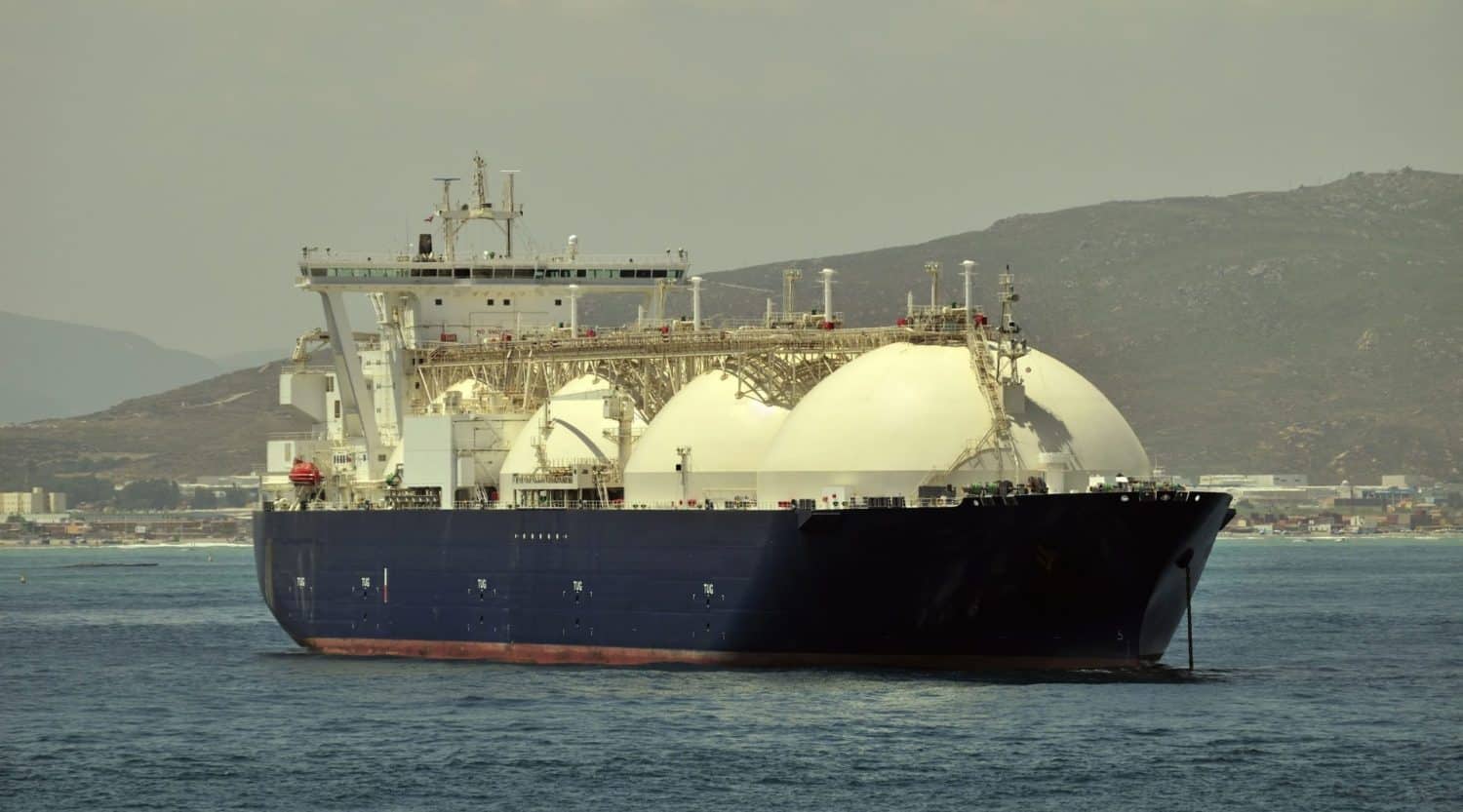Riyadh, Saudi Arabia— The International Energy Forum (IEF) forecasts global trade in liquefied natural gas (LNG) to grow by 25 percent to 500 million tons annually in five years, after it hit a record high in 2022.
China overtook Japan to become the world’s largest LNG importer and the US became the top LNG exporter in 2023, according to a report by the IEF entitled “Fragile Equilibrium: LNG Trade Dynamics and Market Risks”. It was produced by the International Energy Forum and Synmax, a satellite data analytics company.
Joseph McMonigle, Secretary General of the IEF, said: “LNG is in greater demand than ever before and continues to drive economic growth and enhance energy security across the world.”
“The versatility of LNG saved Europe from an energy crisis and in Asia, LNG is a vital part of the energy mix. It has helped to lift millions of people out of energy poverty,” he added.
LNG, which is supercooled gas shipped on special tankers, today accounts for about 15 percent of all gas supply worldwide. One of the advantages of LNG over pipeline gas is that it can be transported over large distances, routed to new demand centers at short notice and traded on the open market. This makes LNG particularly in demand at times of market disruption.
Geopolitics has become the most significant driver of remapping LNG trade flows and investment, the report says. Crisis in Ukraine in 2022 transformed energy markets, with Russian gas production falling 21 percent in the last two years, hitting a 14-year low in 2023.
Faced with the sudden loss of pipeline gas, European buyers turned to LNG to fill the void. Europe’s surging demand propelled global LNG prices to unprecedented heights and created a supply squeeze for emerging economies, exacerbating a delicate market situation, the report says.
In Europe, LNG’s share of gas demand rose from 12 percent a decade ago to more than 50 percent and Europe’s regasification capacity is expected to grow by another 48 percent by 2030.
“LNG is now an integral part of Europe’s energy mix, acting as a baseload and replacing the role of Russian pipeline gas,” the report said.
Over the medium term, southeast Asia is expected to become the new LNG import hotspot, with demand poised to double by the end of the decade, driven by Singapore, Vietnam, and the Philippines, the report says.
“Ten new importers are expected to join the market in the next two years alone. Growth will be driven by adopting LNG for cooking and power generation,” the report said.
US LNG exports have surged by 135 percent since 2019, and the US now delivers to 36 countries, the report says. It will remain the largest source of LNG supply growth in the future, with export capacity expected to grow by 17 percent by 2025 and another 43 percent by 2028.
Mr McMonigle said: “Natural gas has been a major driver of climate progress by reducing emissions from the power sector in Europe and north America over the past 30 years and is expected to play a critical role in the energy transition in Asia and Africa for decades to come.”
Despite recent growth, LNG markets remain fragile because of strong demand amidst growing geopolitical risk, the report says.
“Despite robust starting inventories, the EU’s import situation will likely be tense and fragile this winter,” the report said. “The critical challenge is that the EU’s gas supply security depends on the weather in Europe, China’s and Japan’s LNG demand, and weather-related or technical outages in the Gulf of Mexico. Any slight disruptions in supplies can have significant impacts.”
Supply disruptions and volatile prices have far-reaching effects on emerging economies, the report says. South Asia, including India, Pakistan, and Bangladesh, slashed LNG purchases by 16 percent last year. Many buyers in the region withdrew from spot markets altogether, and suppliers under long-term contracts in some cases defaulted on deliveries to obtain higher profits in other markets.
“A lack of access to affordable natural gas led to fuel shortages and increased use of carbon-intensive fuels, contributing to higher carbon emissions. This impacted countries’ energy strategies and LNG’s perceived reliability and affordability,” the report says.
Having become the largest LNG importer in the world this year, China’s share of active global LNG contracts is expected to rise to nearly 25 percent of global supply by 2030, bolstering the role of Chinese companies in LNG trading, the report says.
The energy crises of the past few years have underscored the importance for governments to invest in a diversity of energy sources and technologies, including gas and LNG infrastructure, the report says. However, European governments are wary of overcommitting to gas infrastructure and gas demand in Europe is expected to fall as countries progress towards net-zero goals, the report says.
“Europe has accounted for 31 percent of LNG contracts signed this year, while Asia Pacific has accounted for 46 percent. As things stand, Europe could be buying approximately 70 percent of its LNG from the spot market in 2030.”.
Close collaboration between producers and consumers is essential to accelerating the mitigation of methane emissions from the gas supply chain, and reducing emissions intensity of supply is imperative to support investment in new liquefaction projects, the report says








